Florida has long been a haven for sunseekers, retirees, and tourists drawn to its warm weather, beautiful beaches, and vibrant communities. But beneath this postcard-perfect image lies a grim reality: climate change is steadily making the state less livable, and in the not-so-distant future, many parts of Florida may become uninhabitable. This isn’t alarmism—it’s a conclusion drawn from hard science and growing evidence.
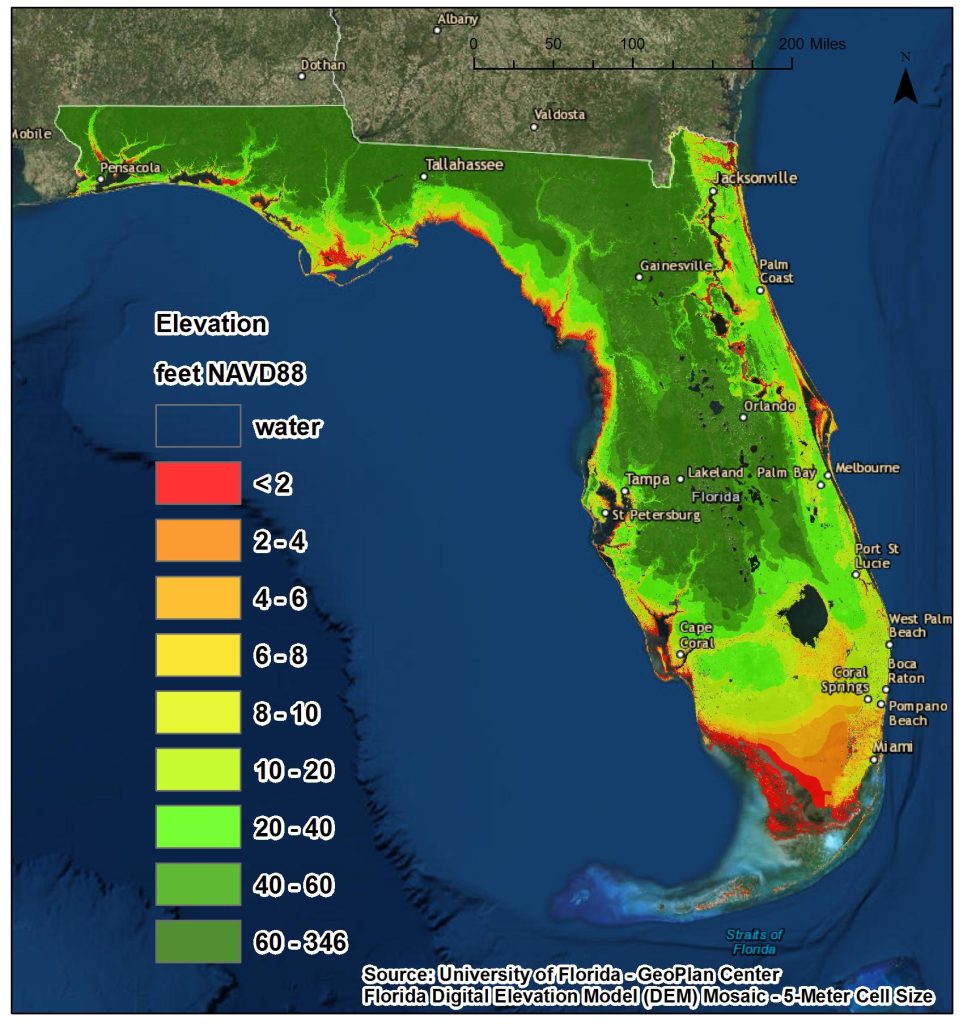
Perhaps the most visible and immediate threat to Florida is sea-level rise. As climate change accelerates polar ice melt, Florida, with its low elevation and extensive coastline, is exceptionally vulnerable. According to the National Oceanic and Atmospheric Administration (NOAA), the state has already experienced around 8 inches of sea-level rise since 1950, and this rate is increasing. By 2100, conservative estimates suggest sea levels could rise by as much as 6 feet in parts of the state.
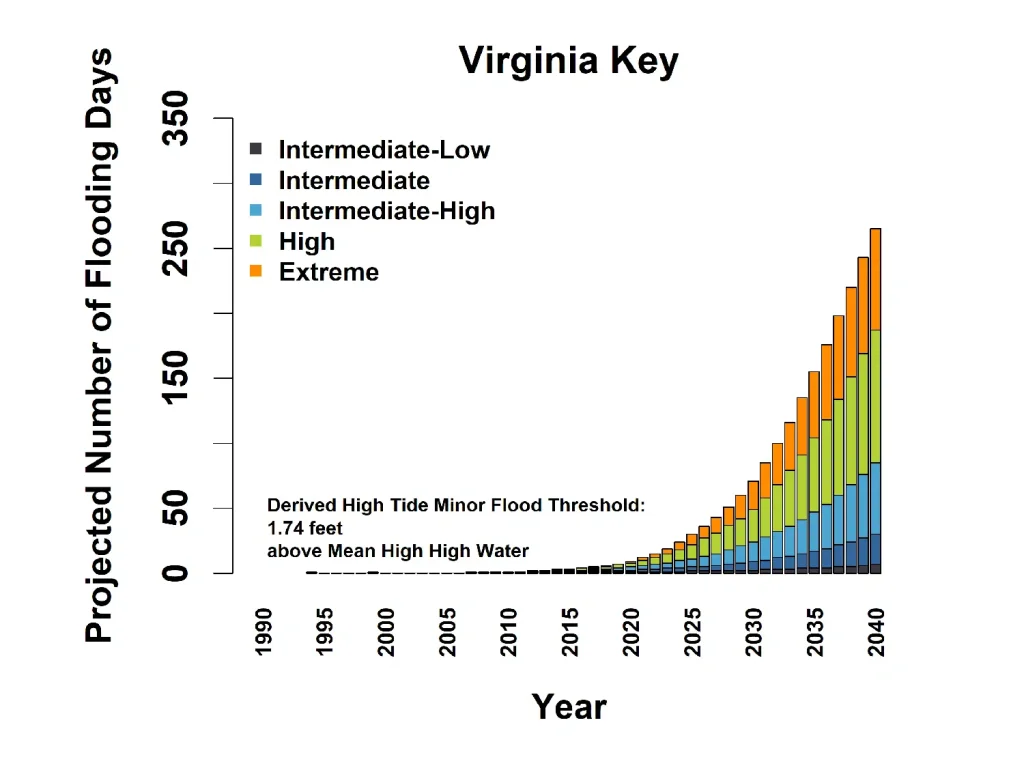
This rise would devastate coastal cities like Miami, Fort Lauderdale, and Tampa. Even now, communities in South Florida are experiencing regular “sunny day” flooding, where high tides alone flood streets and homes. With 80% of Florida’s population living in coastal counties, millions of people will be displaced, and the economic costs will soar into the hundreds of billions. As property values plummet and insurance becomes increasingly unaffordable, mass migration from these areas is almost inevitable.
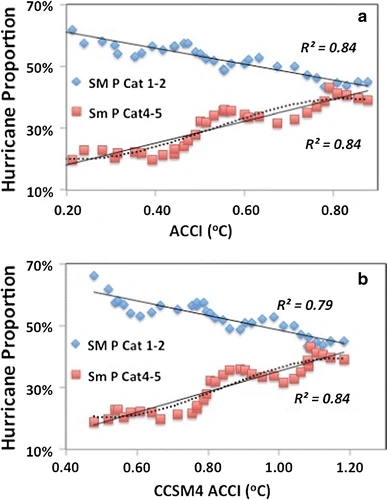
Beyond rising seas, climate change is supercharging Florida’s weather patterns. The intensity of hurricanes are increasing, with warmer waters in the Gulf of Mexico and Atlantic providing more fuel for these storms. Recent hurricanes like Helene and now forecast Milton serve as reminders of the state’s vulnerability, leaving billions of dollars in damage and wreaking havoc on infrastructure.
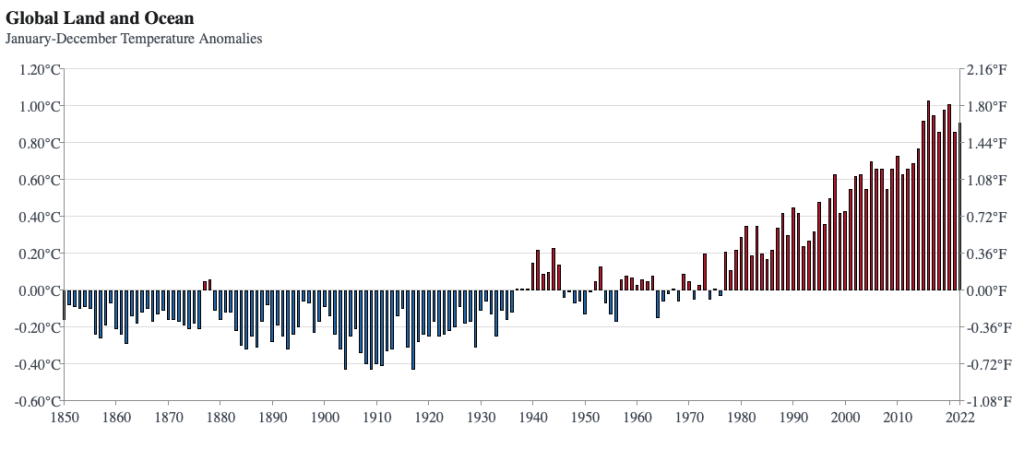
It’s not just the storms that are getting worse—extreme heat is becoming more common. Florida’s subtropical climate is already known for its sweltering summers, but climate change is pushing temperatures into dangerously high ranges. The Union of Concerned Scientists estimates that Florida could experience up to 105 days per year with a heat index over 100°F by 2050. Prolonged heat waves pose severe risks to public health, increasing heat stroke, respiratory issues, and even mortality, especially among the elderly, a demographic that makes up a significant portion of Florida’s population.
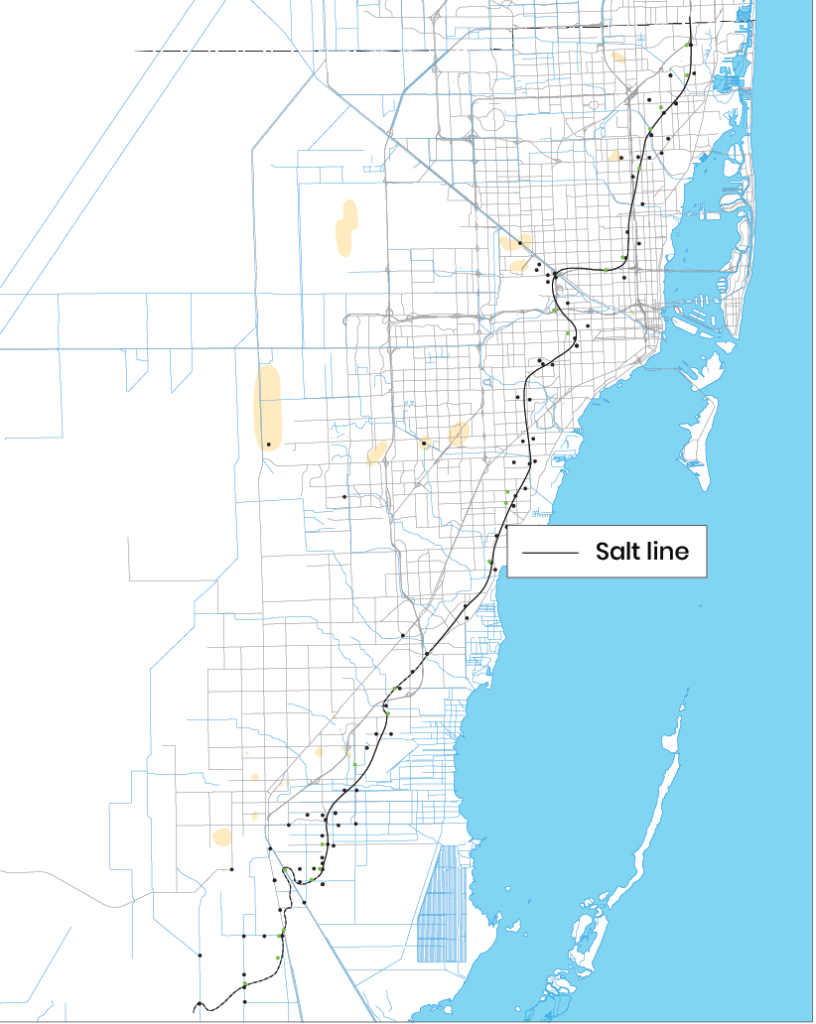
Freshwater resources are another area of concern. As sea levels rise, saltwater is pushing further into Florida’s aquifers—the main source of drinking water for millions of residents. This saltwater intrusion contaminates freshwater supplies, making it harder and more expensive to access potable water. The Biscayne Aquifer, which provides drinking water for Miami-Dade County, is already feeling the effects. Without significant intervention, the state could face a severe water crisis.
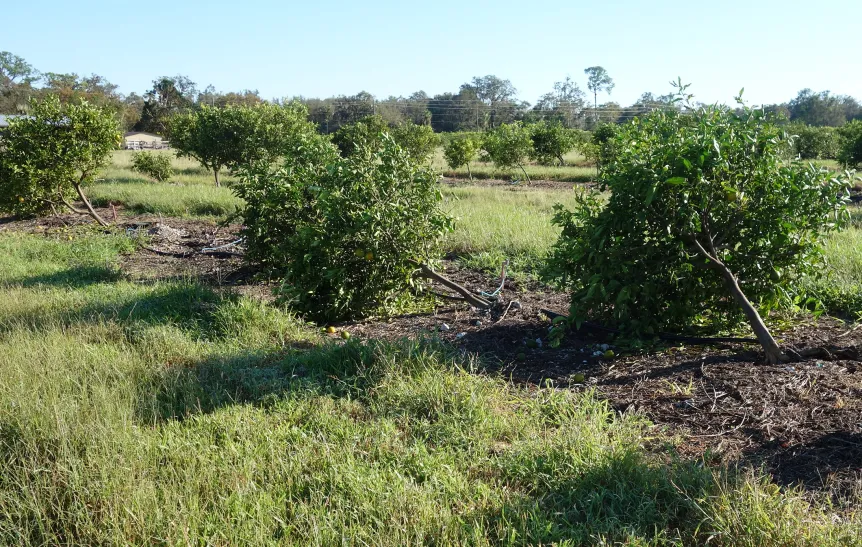
Agriculture, too, will suffer. Florida’s $12 billion citrus industry, along with other crops like tomatoes and strawberries, depends on reliable freshwater. As saltwater creeps further inland, fields become unsuitable for farming, threatening food supplies and thousands of jobs.
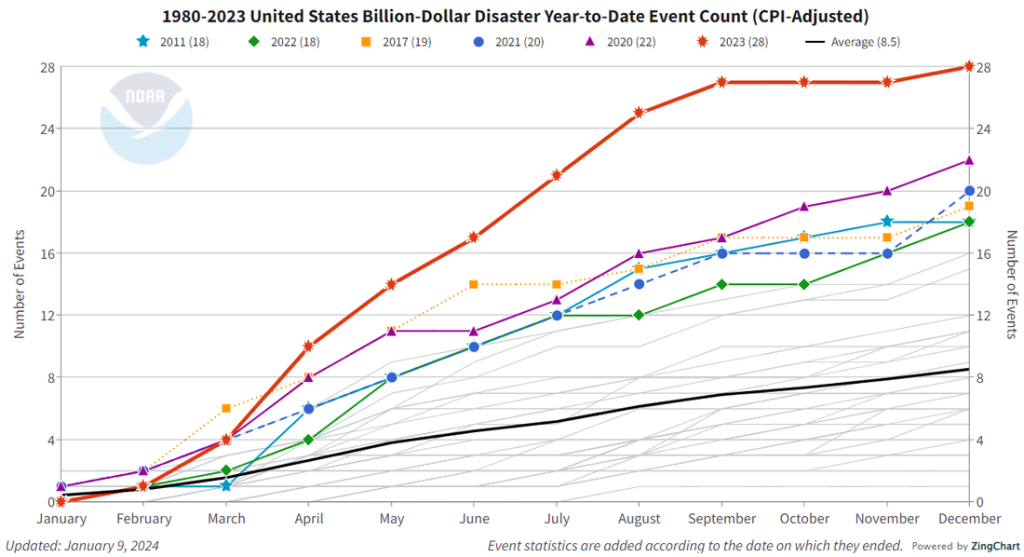
The economic toll of climate change in Florida cannot be overstated. By 2050, damage from sea-level rise, hurricanes, and extreme heat is expected to exceed $1 trillion. Insurance companies are already pulling out of the state, unwilling to cover properties in high-risk areas. In 2023, Farmers Insurance and AAA both announced they would stop issuing new policies in Florida due to the rising risks from extreme weather and natural disasters.
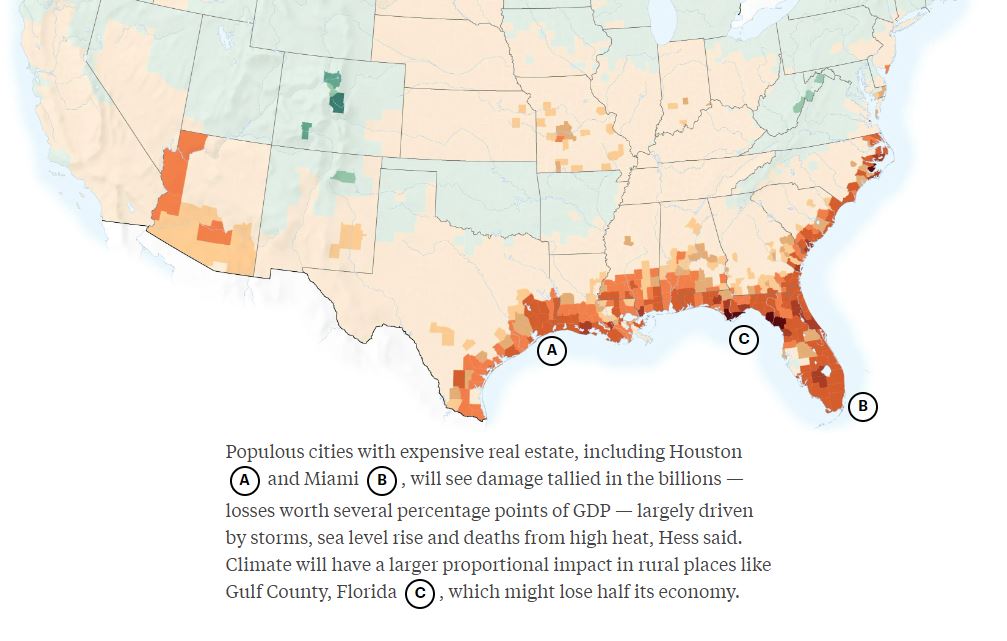
As conditions worsen, a new phenomenon—climate migration—will take hold. A 2020 study by the Union of Concerned Scientists estimated that sea-level rise alone could displace more than 1.3 million Floridians by 2100. With more frequent and severe hurricanes, inland flooding, and unmanageable heat, people will simply leave. But where will they go? Mass migration will strain resources and infrastructure in other states, leading to a domino effect of challenges across the U.S.

The question is not whether climate change will make many Florida residents flee, but when. The state’s unique combination of geography, population density, and vulnerability to climate-driven phenomena puts it on the front lines of the climate crisis. Without immediate and aggressive action—both locally and globally—Florida’s future property values are at risk, those that sell now will beat the stampede and conserve at least some of the equity they have built up.





